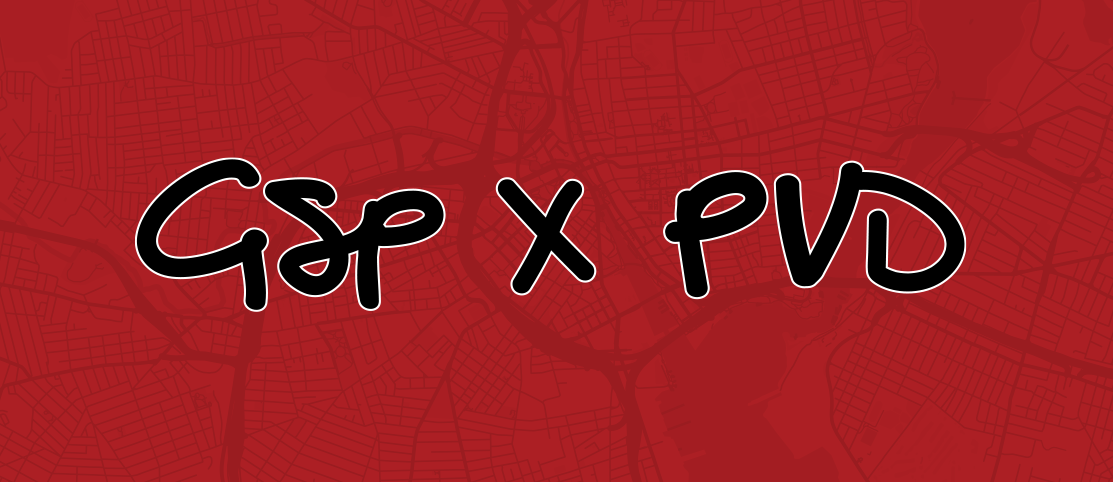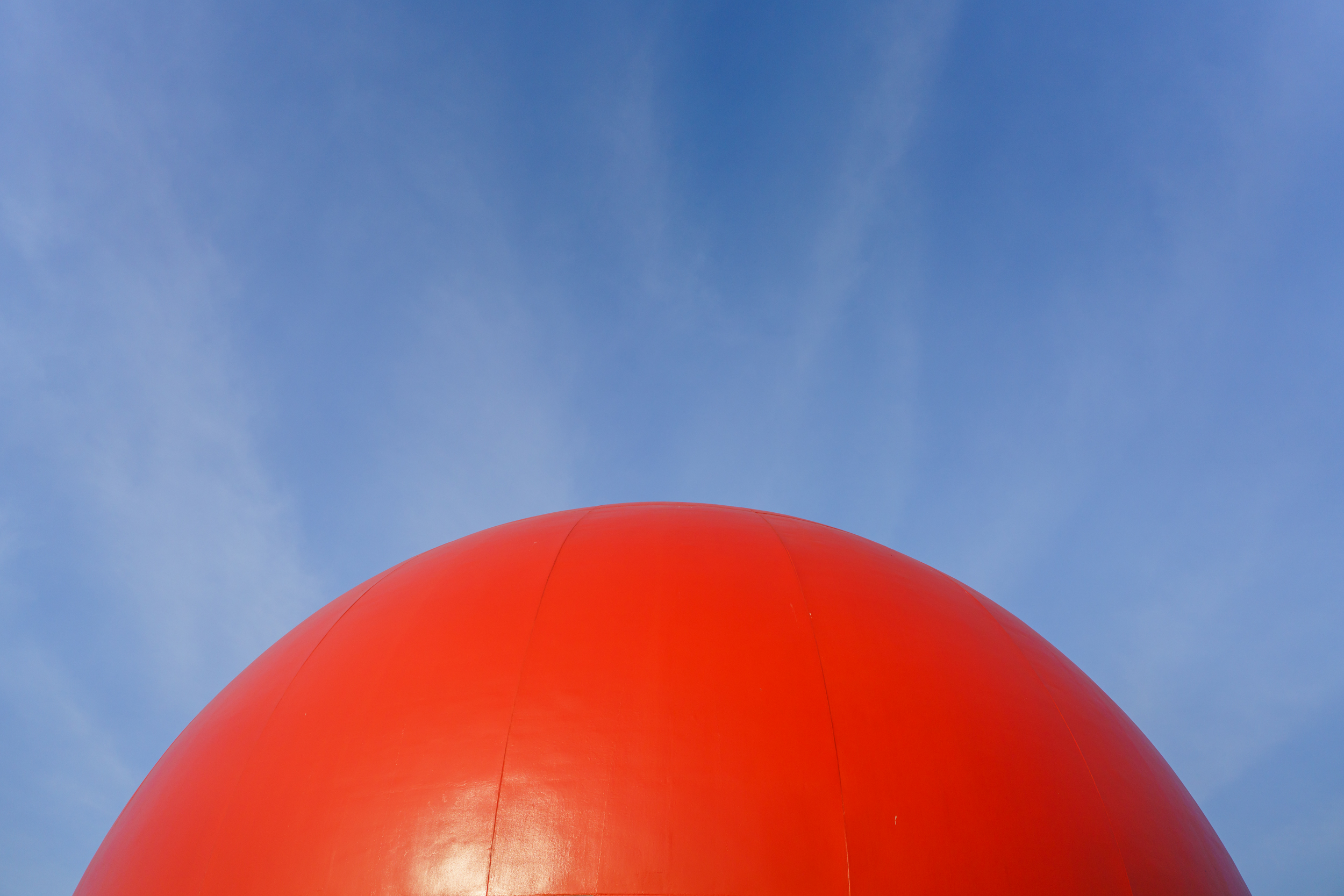MONTH 07: PRAGUE
How does a city successfully work with tourists? By this I mean, is the best way to accommodate them and introduce them to a city to have a bunch of tourist destinations that make up one or two big clusters, or is it best to scatter the destinations throughout the city so that visitors get a more comprehensive feel for where they’re visiting? Being in Prague in July at the peak of their tourist season has made me think quite a lot about this question both in relation to Prague and in relation to Boston. In Boston, it’s no surprise that the majority of the locals avoid Fanueil Hall and aren’t particularly fond of driving next to the Museum of Science, with Duck Boats and their associated traffic coming in and out on a regular basis. A tourist visiting Boston who frequents Faneuil Hall and Quincy Market, Mike’s Pastry up in the North End, and Newbury Street do not get a complete taste of Boston – they may not ever discover the charm of Olives and Grace or try the delicious michelada at Masa in the South End, they may never check out Loyal Supply and Union Square Donuts up in Somerville, and they may never make it up to Eastie for incredible Latin American food (and/or Australian food, thanks to KO Pies). But do we want them to?
I went on a Remote Year-organized tour of old statues in Prague, led by an Irish guide named Marcus, who Remote Year uses for a number of tours on different topics throughout the city. For this tour, we walked along the Charles Bridge in Old Town, the heart of Prague tourism, where there are incredibly intricate and detailed statues, all telling stories or acting as advertising pieces for religions in a time when literacy hadn’t hit the masses of the city. We also went to a museum only filled with statues no longer on display in the heart of the city, a bit further away from Old Town Square. On our tram ride between the two destinations, Marcus and I discussed the topic of tourism in Prague from a planning and social perspective. He’s been here for about four years, originally coming for a study abroad trip and never returning to Ireland. I wondered out loud about the question posed above and Marcus was quick to answer: “I don’t want tourists in my neighborhood. I enjoy getting a good night’s rest because tourists aren’t coming home late from bars and making noise in the street, I don’t want them crowding my grocery stores or my favorite hang-outs…If they only get a tiny taste of the city, that’s fine with me.” Marcus had clearly made up his mind on the topic, but I’m still undecided and I’d really like to know what the general consensus is in Boston.
The local in me sides with Marcus: it’s already hard enough to get to Aeronaut on a Saturday night without waiting in line, do I really want throngs of people making my chances even worse of getting in to try their new sour beer and wandering through the Foods Hub? The open-minded planner in me disagrees a bit: the Aeronauts, the Olives and Graces, the Union Square Donuts, the KO Pies, and similar destinations are not “classic Boston” in the same way Quincy Market is, but they are certainly essential ingredients, as are so many other places, in what makes up the present-day Boston that locals love. I personally cannot imagine being a tourist in Boston in the summer and not having a toasted coconut donut and a cold brew from Union Square Donuts, but that’s just me. In all seriousness, do locals want to introduce tourists to their goods, services, and neighborhoods? According to the Boston Globe, Boston saw 23.5 million tourists in 2014. If even a fraction of these were to disperse beyond the Newbury Streets and the Fenway Parks and the Boston Commons, what would that mean, both from an economic standpoint and a neighborhood happiness standpoint? What impact does something like Airbnb have on getting tourists to experience cities outside of the usual hotbeds of ice bars and duck boats? Please do let me know! Take a minute to comment below what your thoughts on this are from any perspective – as a local, as an urbanist, as a tourist, as a student in Boston temporarily, anything you’ve got.
I know that my Remote Year/GSP posts are often filled with talk of urban design and physical planning so I would be remiss if I didn’t discuss this just a bit, in the context of my visit to Rotterdam. I took a long weekend trip to Rotterdam this month and fortunately was able to continue working due to the impressive presence of CIC Rotterdam! From the moment I walked out of the train station I was ecstatic with what I saw – the retail in and around the train station, the incredible usage of multimodal transportation and facilities and infrastructure for bicycles, the scale of the neighborhoods, and the utilization of the waterways in the city, be they canals or major ports. I sent the GSP team a couple of raving emails, filled with ideas for ongoing projects going on over at GSP World HQ. I saw a free public karaoke party drawing a crowd of thousands of people of all ages, I saw the beautiful Markthal by MVRDV, I saw shared streets (woonerfs, for all of my hardcore planning fans) that didn’t necessarily prioritize one mode of transit over the other but did make for an excellent soccer field for a handful of local kids on a quiet evening, I ate at a casual and accessible farm-to-table restaurant, and as we at GSP think more and more about healthy cities, I was completely filled with inspiration.
Next up is a busy month based in Belgrade. I’ll be in the Serbian capital for two weeks, over to Dubrovnik for one week, and I’ll be wrapping up the month with an extremely exciting master class over at Gehl Associates in Copenhagen. I’m already looking forward to sharing what I learn!
Looking forward to your comments below!
And, seriously, try the toasted coconut donut at Union Square Donuts.




